Price
- Student can drop in single class, taking class by theme
- $35/Drop in session
- Taking class by theme: $120-180 Per theme depends on the number of classes each theme
Aerospace Engineering: Up, Up, and Away
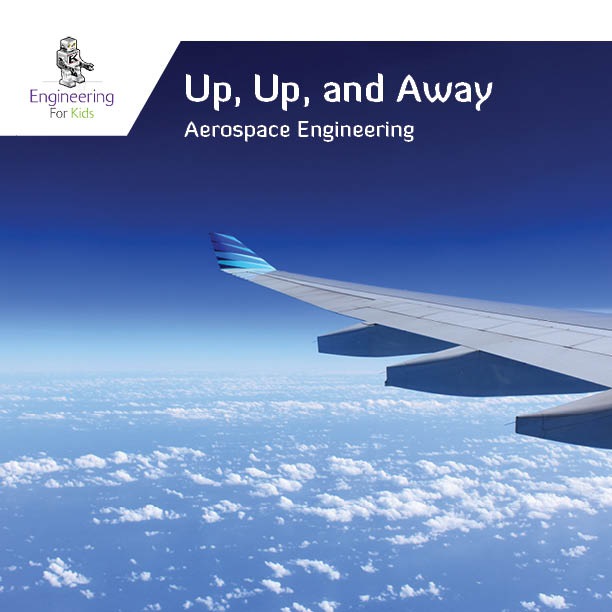
Blast off for adventure in aerospace engineering! Students will learn about the forces of flight and the mechanical components of airplanes, rockets, helicopters, and landing gear. They will explore concepts such as inertia, propulsion, lift, thrust, drag, gravity, and trajectory. Students will apply the EFK Engineering Design Process as they soar through inspiring, hands-on engineering challenges. Join us for this fun-filled, high-flying adventure!
Civil Engineering: Building Up
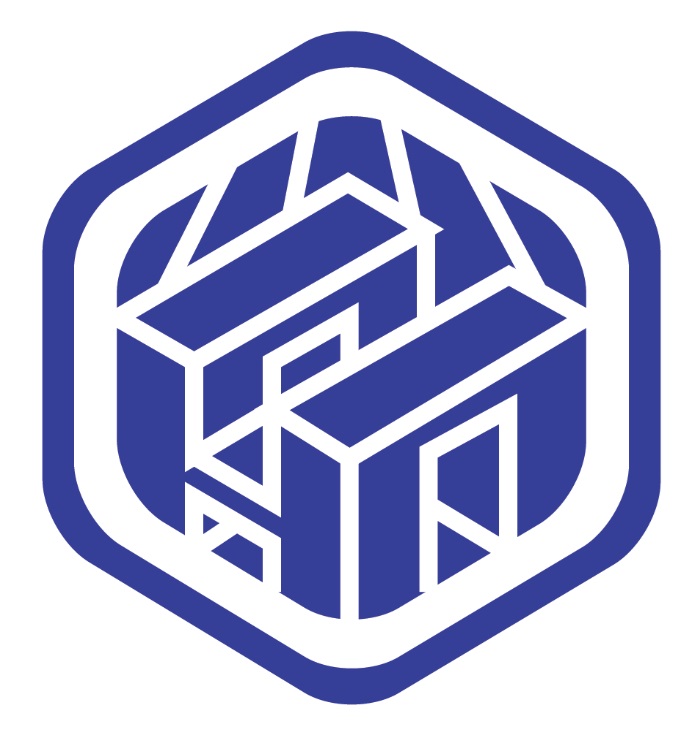
Civil engineering is one of the widest-reaching disciplines in the engineering field. Civil engineers must work cooperatively with architects, local governments, citizens, and other engineers to successfully build large- and small-scale projects. Civil engineers use aspects of physics, mathematics, and computer technology to create plans and drawings that are used by different professionals to build structures. Other responsibilities of civil engineers include:
- Supervise the construction of airports, train stations, tunnels, bridges, and other public works projects.
Understand the properties of local land formations, as well as water tables and water movement, to minimize the environmental impact of a project. - Be familiar with state and federal building codes and regulations.
- Hold managerial or administrative positions and oversee a team of workers that are responsible for planning and construction.
- Design structures to resist the impact of natural disasters such as floods, earthquakes, tornadoes, and hurricanes/typhoons.
- Specializing in a particular field, including, but not limited to: geotechnical, structural, hydrological, and transportation.
Missions and Mechanics: Mission to Mars
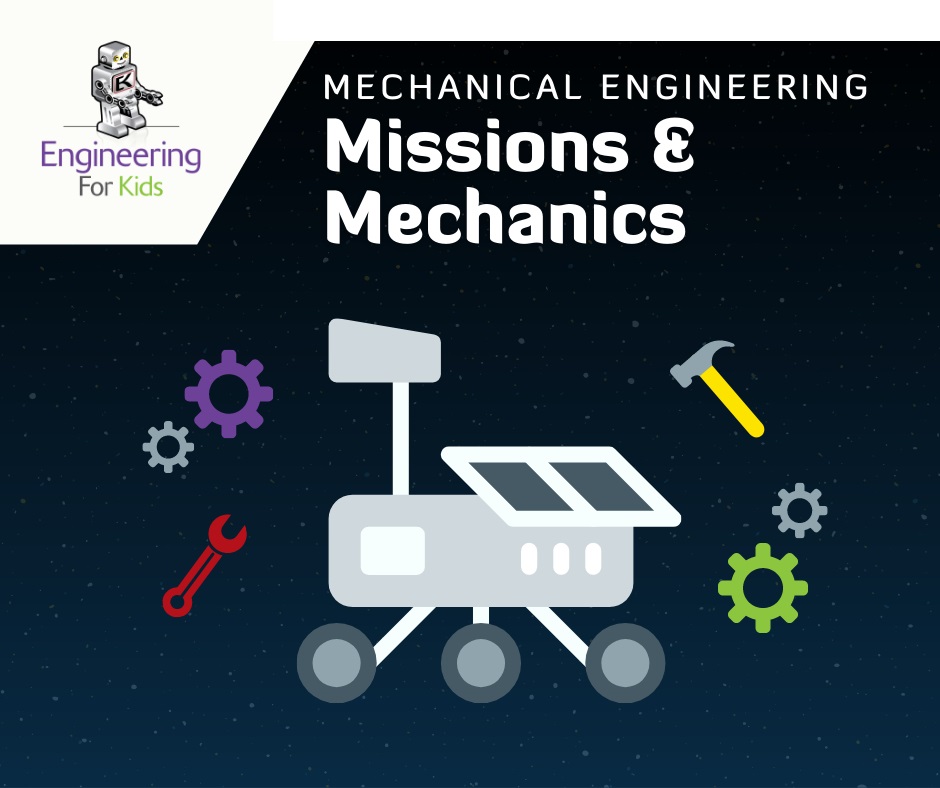
The course is about the missions and mechanics of NASA’s Mars Rovers. Students will take an in-depth look at how the rovers safely land at carefully selected sites on the surface of Mars to carry out scientific investigations. Students will closely examine the anatomy, tools, and technology the rovers are equipped with in order to understand how their work continues to deepen our understanding of the Red Planet. Each day, classes will use EFK’s Engineering Design Process to engage in exciting, hands-on STEM challenges with real-world connections to NASA and mechanical engineering.
Civil Engineering: Building Cities
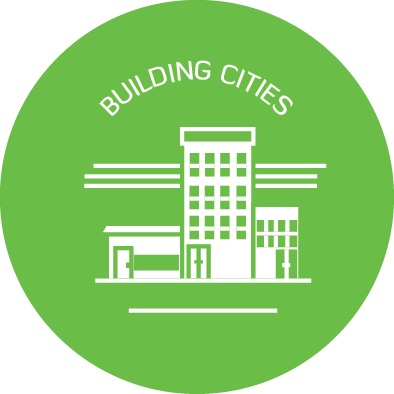
Cities are incredible feats of engineering. Giant skyscrapers made of steel and glass soars thousands of feet into the air. Cities began to form when farmers were able to make more food than they could eat, allowing other people to take up trades. Ancient cities were built to bring people together for protection, to promote trade, and improve efficiency. Over time, centralizing government, having art and culture centers, and bringing industries together to improve productivity all became key in development of cities. While many cities have developed over hundreds or even thousands of years, in modern times some cities, like Songdo in South Korea, are being built from the ground up in a very short time. Students will take up the role of a team of city planners, looking to design the best city in the world from the ground up.
Chemical Engineering: Mix It Up!

Chemical engineering is a specialized field of engineering that focuses on understanding the molecular structure of materials and objects, and relating this knowledge to synthesizing new technology. Chemical engineering has expanded in recent years to include subset fields such as Nano engineering, materials engineering, and process engineering.
During the Chemical Engineering classes, students use the Engineering Design Process to design, create, test, and refine various mixtures and solutions with different chemical properties. They develop solutions to clean up an oil spill, synthesize their own rocket fuel, and investigate the secrets behind color pigmentation.
3D Printing: Superheroes to the Rescue!
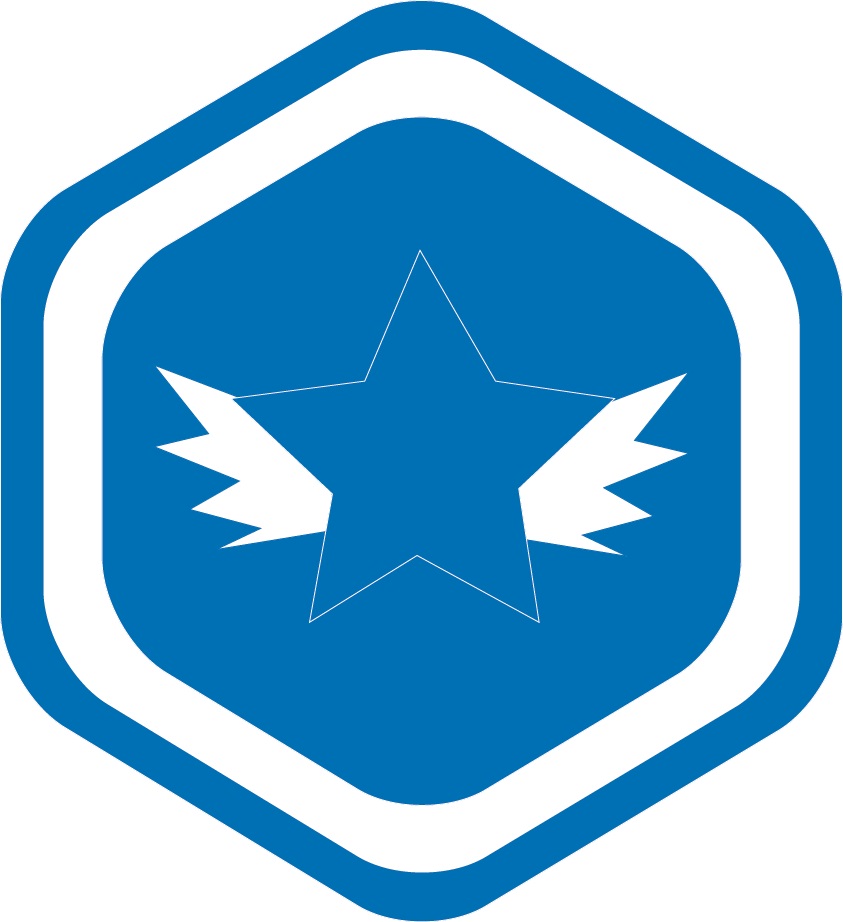
3D printers are one of the most widely applicable and fun inventions on the tech scene today! In 3D Printing: Superheroes To The Rescue, we will explore the basic concepts of 3D printing and computer-aided design, or CAD, to design and create our very own 3D printed superhero! Students will take their hand drawn design and learn how to extrude it into a 3D model that can then be modified to be printed in 3D.
Mission to Mars with Minecraft
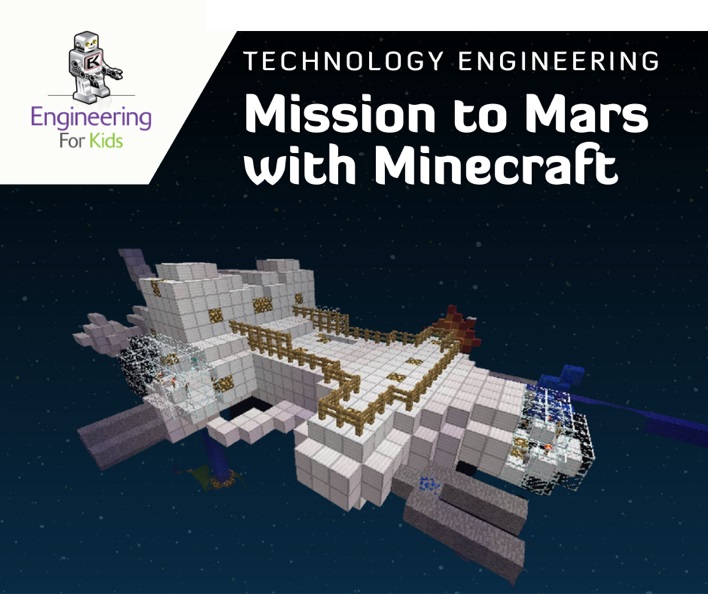
Minecraft is so much more than video game play! Students will learn about the engineering, technology, and innovation that is required for future human habitation of Mars. Within Minecraft, students will complete a variety of missions that are necessary for survival and the advancement of science on the Red Planet. Students will apply their creativity, collaboration, and problem-solving skills while completing missions within our totally unique, customized, collaborative Mission to Mars Minecraft Map. This is a one-of-a-kind, out-of-this-world experience you will not find anywhere else!
Robotics:da Vinci’s Designs – LEGO Spike Prime
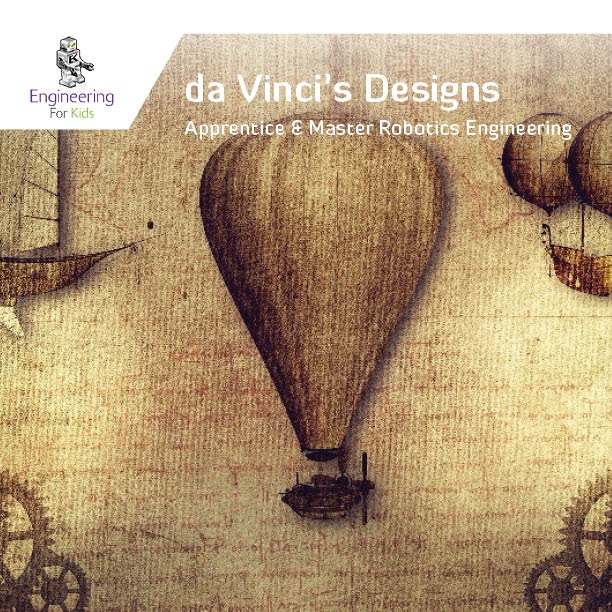
Welcome to Da Vinci’s Workshop –– a place where kids are inspired to become engineers, scientists, inventors, and artists just like Leonardo da Vinci. In this program, students will tackle complex robot-building challenges using the LEGO® Spike Prime robotics kit and learn to program their robot using block coding. They will explore concepts such as navigation, gear and pulley systems, catapults, and flywheels. Students will explore the early inventions of the Italian High Renaissance using the robotics technology of today!
Find Your Local Engineering For Kids
Out of This World Reviews


